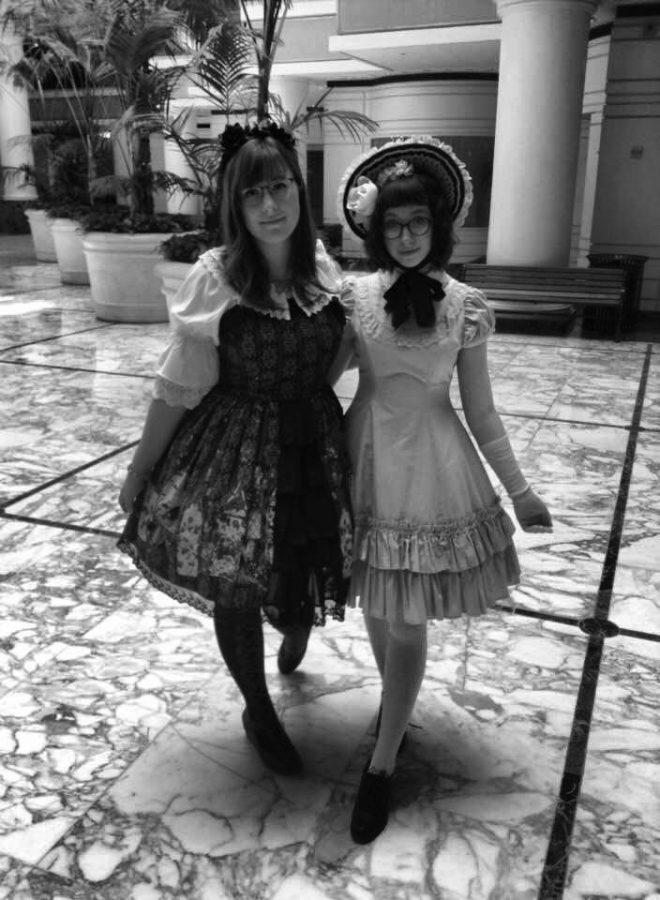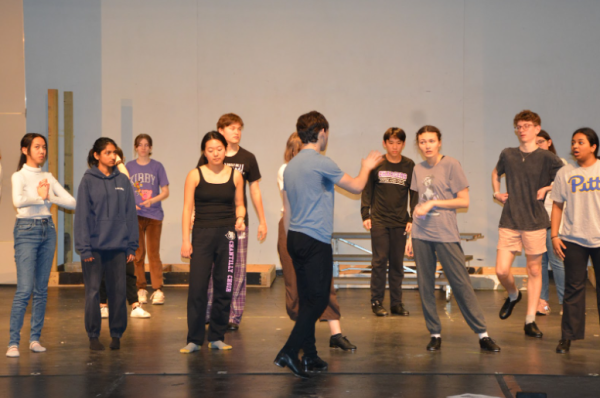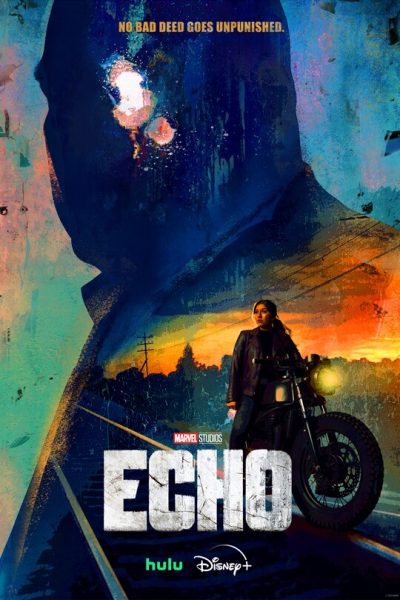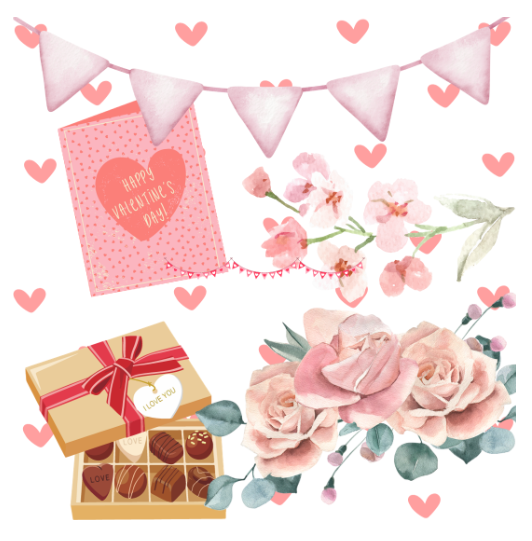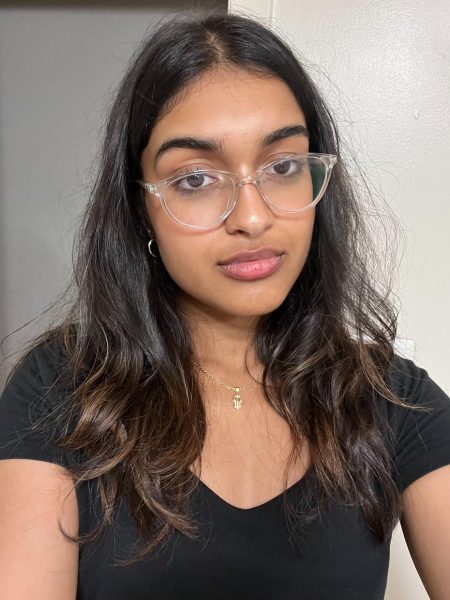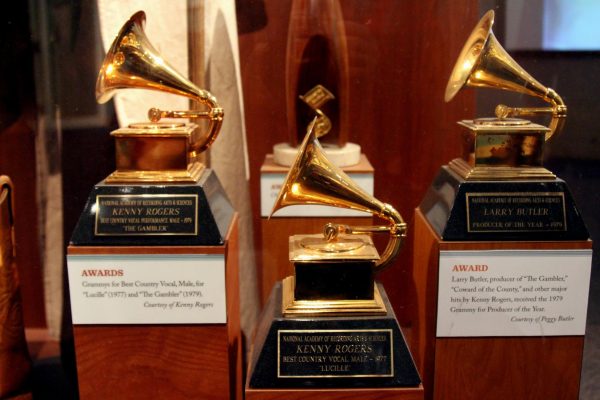Lace, ruffles and petticoats: Welcome to Lolita fashion
November 4, 2016
Emerging during the 90s in Japan, Lolita fashion is easily recognizable by its laced cupcake-shaped dresses, ruffled skirts, fancy headwear and ribbons galore. Lolita is a fashion trend based on Victorian and Rococo, or Late Baroque, aesthetics and focuses on modesty. It was meant as a backlash to the more provocative style that was prominent during that time period in Japanese street fashion.
“I really like the silhouette [of Lolita fashion] as it has a similar silhouette to 50s clothing,” senior Lauren Collins said. “Its historical aspect of the style is really cool.”
The term “Lolita” has a negative connotation in Western culture due to the book of the same name by Russian author Vladimir Nabokov. However, in modern Japanese culture, it is associated with cuteness, elegance and modesty with no relation to the book. Japanese pop culture borrowed the word and stripped it off its originally negative connotation to describe the unique rising fashion trend.
There are many sub-categories within Lolita fashion, but the most popular are sweet, gothic and classic.
Sweet Lolita has a bright, pastel color scheme which includes colors such as pink, powder blue and white as well as detailed patterns. This is considered the most cute, or “kawaii,” of all the Lolita styles.
Gothic Lolita consists of dark color patterns like black, navy or burgundy. The most common coordinate choice for this style is a white or black blouse and black jumper skirt.
Classic Lolita is the simplest style and includes dresses appropriate for a garden party. This style is all about looking elegant, with simple floral patterns and muted colors.
“I started out in the sweet Lolita style,” senior Emily Herman said. “I had a big pastel phase my sophomore year. As my style matured a bit more, I realized that I like the super big, over the top dresses just because it makes me look really dramatic- out of the ordinary, yet very elegant.”
Every year, in the D.C. area, the Lolita community hosts a variety of events for people to meet and interact with others who have the similar interests in Lolita fashion. This past summer, there was a cruise party at Miss Hampton II Harbor on May 28 with over 30 attendees.
“Lolita, and [Japanese street] fashion in general, is all about looking how you want to look for yourself, and that’s what I like about it,” Herman said. “I like to be able to express myself through my fashion, through how I appear, both in Lolita, other [Japanese] fashion and [however] I feel like dressing that day.”


